Learn how to preserve fresh sage easily at home for a multitude of culinary and medicinal benefits.
The sage plant tends to grow abundantly in the home herb garden and is a flavorful choice for many meals.
It is also one of many medicinal herbs that does double duty as a culinary herb.
If you don’t grow your own sage, find the best quality herbs from local farms or the grocery store.
Use one of the following easy methods to preserve your sage for long-term storage.
How to Harvest Fresh Sage
Like most herbs, harvest the sage before it flowers for best flavor.
After the morning dew has dried off, cut the stalks about an inch from the ground and bring inside.
Rinse
Remove any surface dirt or insects by giving the sage a quick rinse under running cold water.
Give the stems a good shake over the sink to remove excess water. Running the stems through a salad spinner is also a great way to remove excess moisture.
Spread the stems out onto a towel to let any other moisture evaporate. This should take just a couple of hours at most. Once the stems and leaves are dry of surface water, it is time to proceed with the dehydration process.
How to Dry
You can dry sage in a few different ways. Choose the method that works best for you and your climate.
Hang Dry
One of the easiest ways to dry herbs is simply to tie them in bunches and hang.
Grab a handful of stems, about 20 total, so that the cut ends all line up at one end of the small bunches.
Tie some twine or leftover yarn around the end of the stem. You can even use a rubber band to hold the bunches together. Tie it very tightly, as the stems will shrink as they dry and can slip out.
Hang the bunches on a hook or over a hanger in a space that is out of direct sunlight and has good air circulation.
Dry in a Food Dehydrator
If you have a food dehydrator with a fan, like an Excalibur, just know that once the sage dries it may blow around the dehydrator. Not necessarily bad, just a little messy.
Cut the stems of sage to fit onto dehydrator trays. Spread the stems out on the trays in a single layer and place trays in the dehydrator.
Turn the dehydrator to the lowest temperature and close the lid. Let the dehydrator run until sage leaves are crispy and dry. Check after 1 hour and then every 15 minutes after, the amount of time until fully dry will again depend on your dehydrator and climate.
Dehydrate in the Oven
Preheat the oven to 170 degrees Fahrenheit or the lowest possible temperature. Line a baking sheet with parchment paper.
Spread the sage stems out onto the baking sheet in a single layer.
Place the baking sheet in the preheated oven and bake for 1 hour. Check the leaves and make sure they are crispy dry. If the leaves aren’t completely dry, continue the drying process in the oven and check every 10 minutes. Remove from the oven when they are completely dry.
Let cool completely on the cookie sheet.
Removing the Leaves
If the stems were tied together to dry, cut them loose.
Over a large bowl, hold the dried stems a couple at time and make a loose fist around the stem. Take your fingers and slide them down the entire stem stripping the leaves and collecting them in the bowl.
Repeat this step until all the stems have been stripped.
How to Store Dried Sage
Place the dried sage into airtight containers. Glass jars work just fine. Store the dried herbs in a cool, dark, dry place.
For best flavor, use up dried sage within a year. Simply toss outdated dried sage into the compost heap.
How to Use Dried Sage
Use 1 teaspoon of dried sage for every 1 Tablespoon of fresh sage called for in a recipe.
Crumble the dried sage between your palms and toss into soups, casseroles, and more.
Use the dried sage to make an herbal tea.
How to Freeze Sage
Chop the whole sage leaves finely and place 1 – 2 teaspoons in each the individual compartments ice cube trays. Fill the tray with water and freeze until solid.
Remove the sage ice cubes from the tray and store in an airtight container or freezer bag.
Alternatively, fill the tray with olive oil instead of water and freeze. Melt the oil cubes in a hot pan and use to saute veggies or meat to begin your meal. Melt the oil a room temperature and mix with vinegar, salt, and pepper for homemade salad dressings.
Make a Compound Butter
Combine 1/2 cup softened butter with 1/2 cup chopped sage leaves. Beat them together well using an electric mixter.
Scrape the sage butter out of the bowl and wrap in a wax paper or piece of plastic wrap. Freeze until solid.
Use this compound butter as you would the oil cubes above.
Infuse Vinegar
Fill a jar 3/4 full with chopped, fresh sage leaves (1/4 full with dried sage) and fill the jar with apple cider vinegar. Store the jar in a cool, dark place for 1 month. At the end of the month, strain the herbs and put the infused vinegar in a clean airtight jar.
Use the vinegar to make oxymels, as part of a marinade, in salad dressings, and any other way you’d use plain vinegar.
Infuse Honey
Fill a jar half full with fresh leaves (1/4 full if using dried leaves), fill the jar leaving 1/4″ headspace with liquid honey. Cover the jar with a tight-fitting lid and place in a sunny window for 1 month.
Turn the jar over now and then, to move the herbs and honey around the jar to infuse fully.
At the end of the month, strain the herbs from the honey and store the flavored honey in an airtight jar.
Use the flavored honey to sweeten tea, in savory breads, and sauces.
A bit of sage infused honey in herbed biscuits or cornbread provides a lightly sweet herb flavor.
The Health Benefits of Sage
Sage has antibacterial, anti-inflammatory, and antiviral properties. It helps calm sore throats and soothe frazzled nerves.
Combine dried sage with chamomile for a soothing herbal tea at the end of a stressful day.
Put the infused honey in herbal tea or a cup of hot water to help soothe a scratchy throat.
Gargle with the infused vinegar to help with laryngitis and sore throats.
Drink sage tea to help with hot flashes.
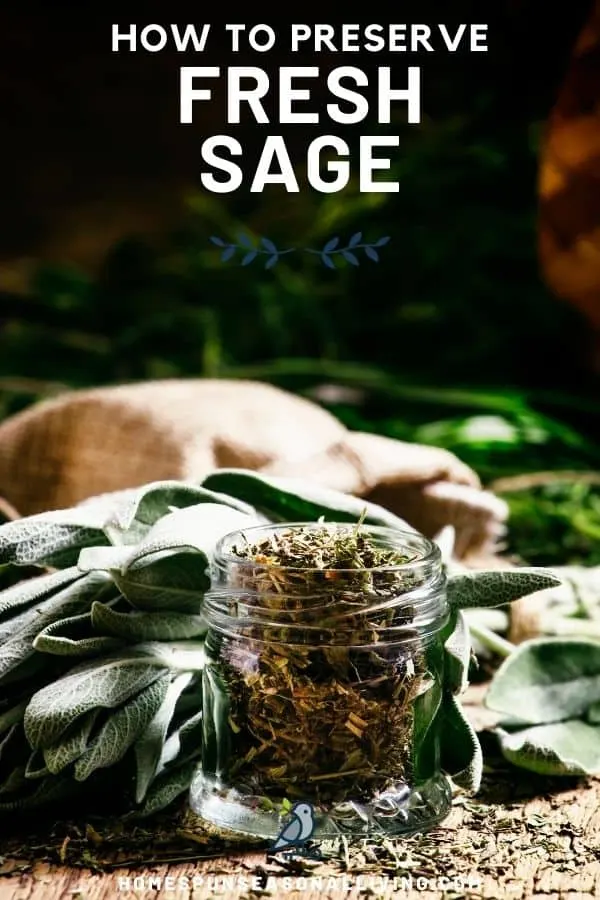
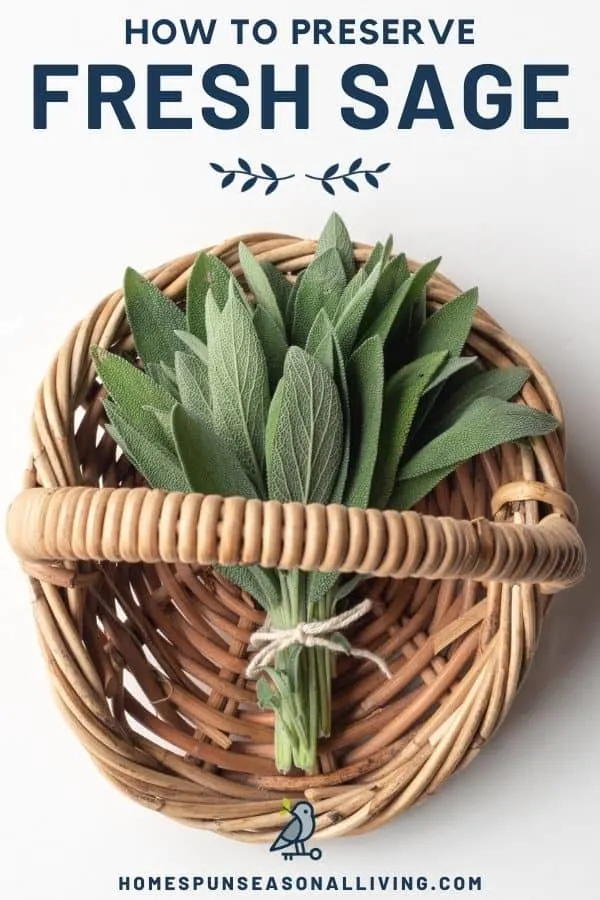
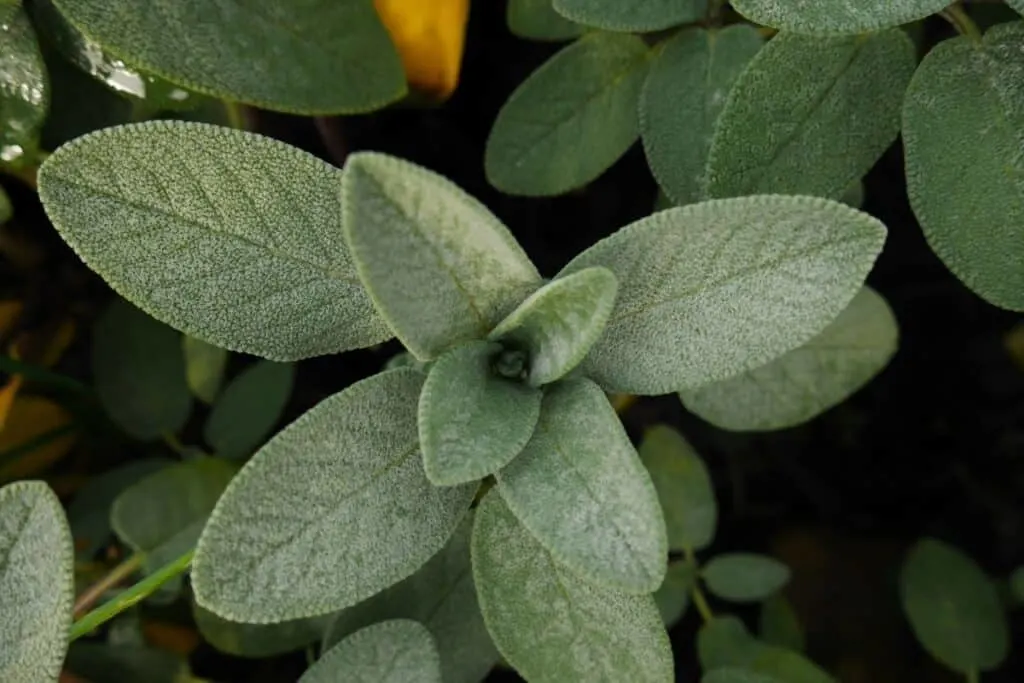
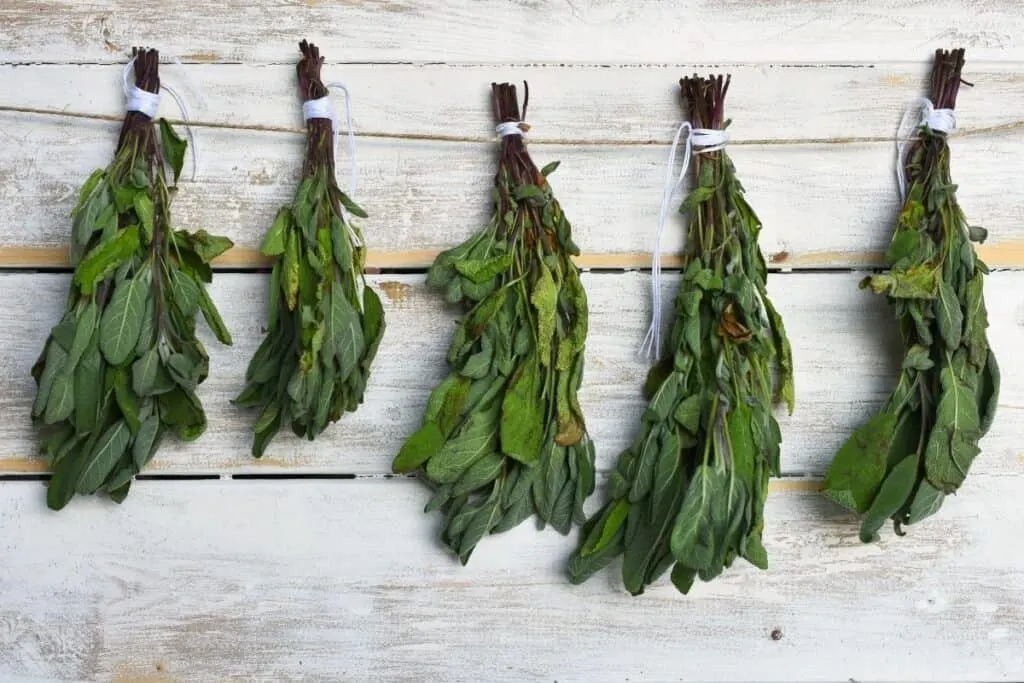
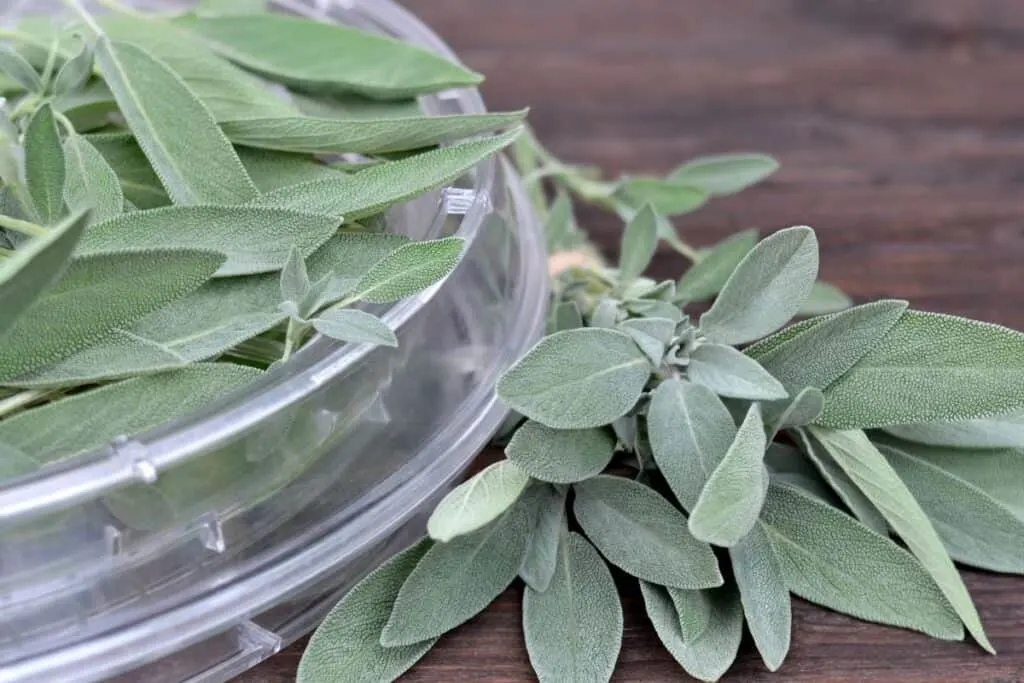
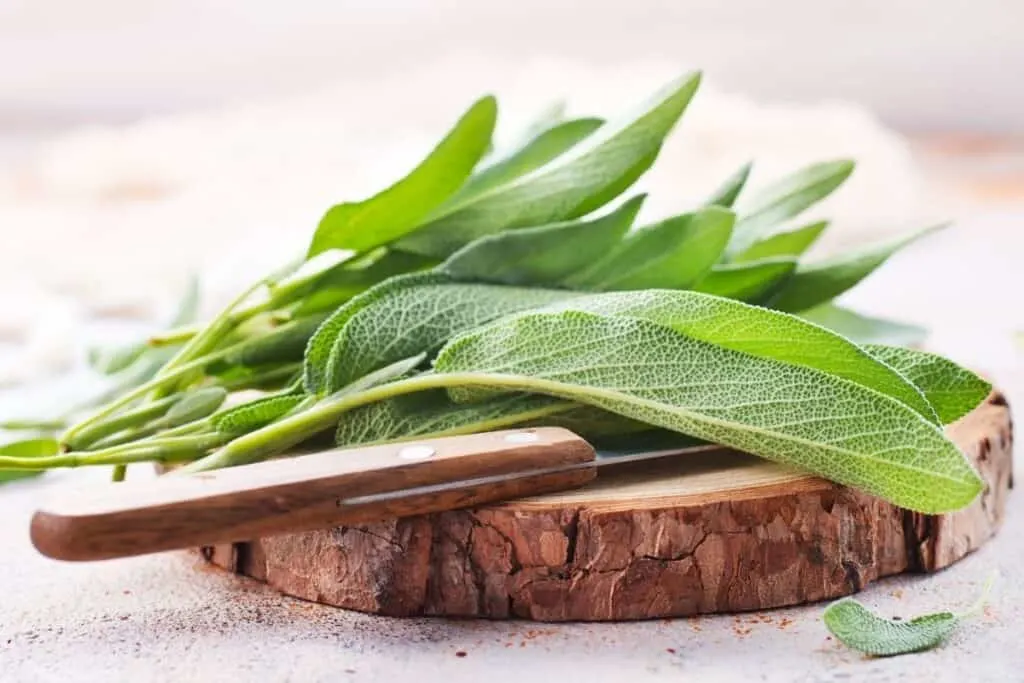
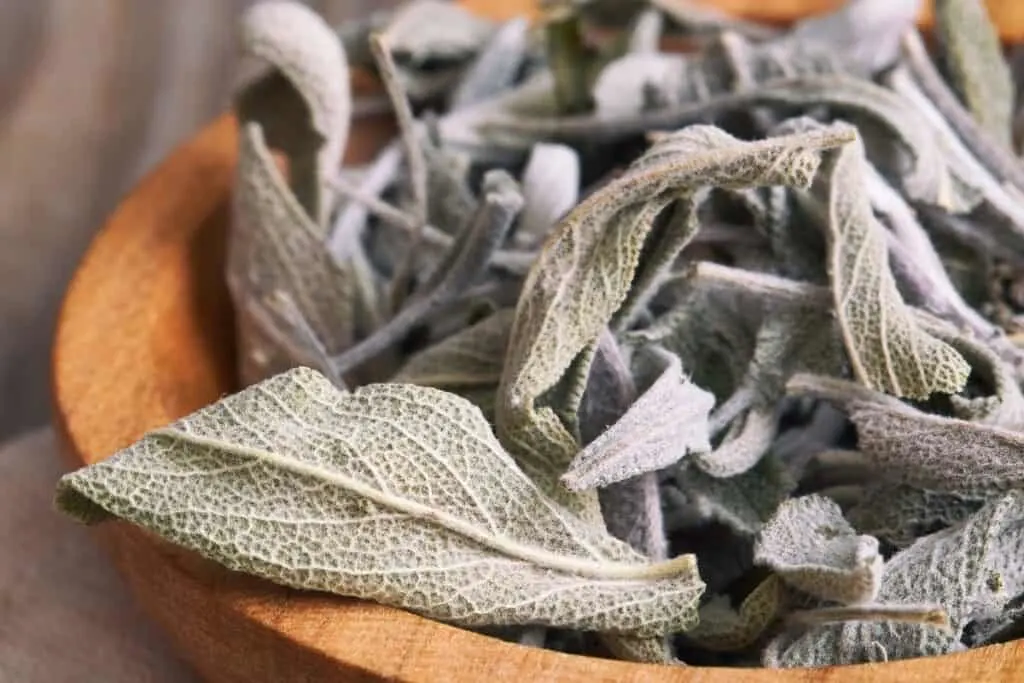

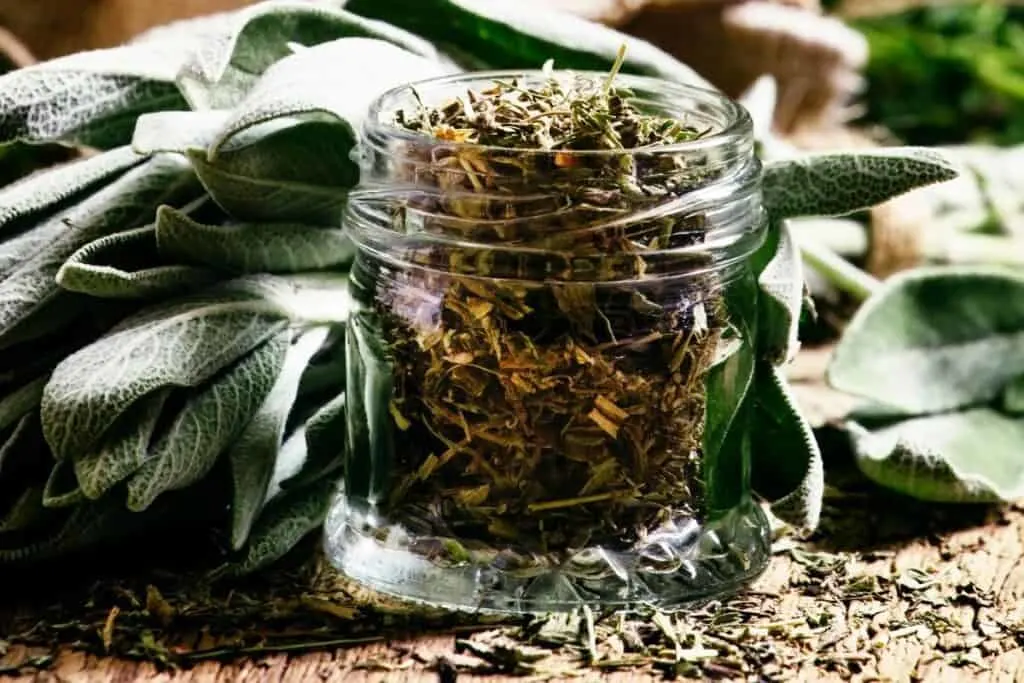
Noreena Meshigaud
Thursday 28th of May 2020
Thank you so much. I love your site! Looking forward to see more from you.
Barb
Tuesday 19th of July 2016
Enjoyed your article. Have had herbs growing for a few years now but always interested in new ways to use them. thanks
Homespun Seasonal Living
Tuesday 19th of July 2016
You are most welcome, thanks so much for stopping by!
Sharon Jankowski
Saturday 23rd of May 2015
I love the ideas , I have M.S can you tell me other herbs that will help with M.S I'm trying anything I I can warmer weather is so hard on me but I won't give up my gardening and herb gardening thank you Sharon jankowski
Kathie
Sunday 24th of May 2015
I'm sorry I don't know which herbs would be good for MS. I'm not a trained herbalist or healthcare practitioner. Mostly, I just read and study when something pops up in front of me whether that's sage or a particular healthcare ailment we're struggling with at our home. I wish you luck in finding useful herbs.
Gentle Joy
Wednesday 20th of May 2015
I have sage in my garden this year and I hope it multiplies quickly since I have a lot of plans for it! I also read that burning it outside on the deck can help keep mosquitoes away and it smells great. I think we could use a LOT of this for all of the great purposes. :)
Angi @ SchneiderPeeps
Friday 22nd of May 2015
I'm going to try this. We have a lot of mosquitos right now. Thanks!
chimaine
Monday 18th of May 2015
I have always wanted to grow herbs but never knew to dry then our what other uses I could indulge in. You have given me some new ideas for sage and how to dry it. Sage is one of my favorite herbs! :-)
Kathie
Monday 18th of May 2015
I'm so happy to hear that this was useful for you!